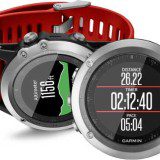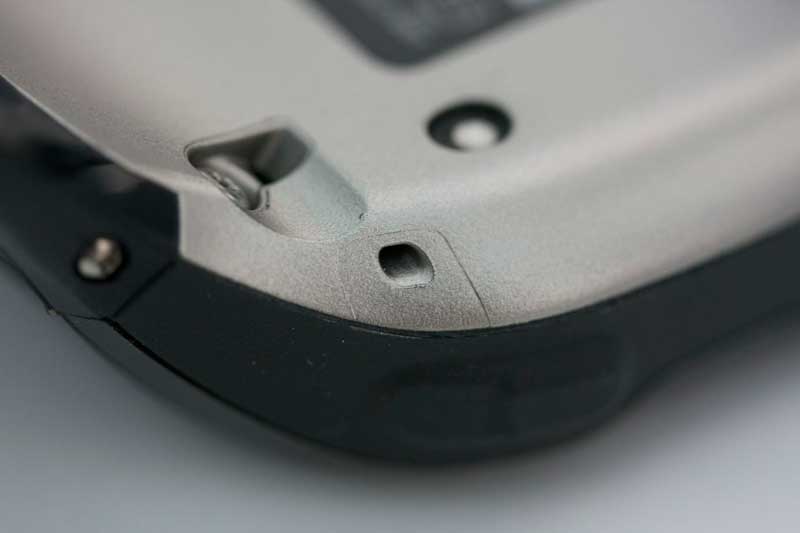Is It Worth It? Chasing Grams on the Hebridean Way
I’ve been preparing for my summer hike along the Hebridean Way — a two-week, 155 mile adventure across Scotland’s wild Western Isles. With my gear laid out and spreadsheet open, I faced a familiar dilemma: how much is it really worth spending (or sacrificing) to save weight?
My base weight is already around 8 kg — pretty lean for a trip that might throw wind, rain, bogs, and midges at me. Including food and water, I’ll be carrying about 12 kg. But still, the ultralighter in me itched to shave a little more.
So I laid out my options, each with their own cost, weight saving, and comfort impact:
Do I sacrifice a bit of comfort to save weight, or accept a few extra grams here and there for better recovery each night? I’m not getting any younger, and sometimes those small luxuries make all the difference. Then again, every gram adds up, and the toll on your back and feet is real.
Here’s my current Hebridean Way packing list – any suggestions?

Emergencies and Electricals
Most of my emergency kit is dialled in. Essentials like a first aid kit, phone, satellite messenger, survival blanket and headtorch are non-negotiable — lightweight, minimalist and well packed.
The electricals needed to keep that kit running also add up. Between the phone, satellite messenger, headtorch, watch, charging cables, plugs and battery pack, we’re looking at just over 800 grams.
Cooking and Cleaning
I could save a few grams with a lighter pot, but we’re talking a 10 gram saving — not worth the expense. I could skip cooking altogether, rely on cafés and cold-soaking, but part of the fun of camping is lighting up the stove and making something hot. Especially in the Outer Hebrides, a warm meal can be almost essential.
- Stove weight: 30 g
- Gas canister: 364 g
- Verdict: Worth it for hot food and drinks.
As for hygiene, it’s the bare minimum: toothbrush, toothpaste, soap leaves, lightweight towel — plus essentials like prescription meds, painkillers, multitool, bug net, anti-chafe cream, talc and a trowel. All pared back, all necessary.
Backpack
My main pack is comfy and carries weight well, but it’s not the lightest at 1.3 kg. I do have a slightly lighter 1.2 kg pack, but it doesn’t fit as well. Not worth compromising comfort and risking back-pain for 100 g.
The Main Contenders
So, the main contenders come in the form of some changes to my sleep system, clothing or tent:
- Do nothing — Cost: £0. Weight saved: 0g. Comfort: untouched. (A baseline for the sensible.)
- Spend £50 on a new pair of shorts — Save 87 g. No comfort loss. Likely better drying and chafe resistance.
- Spend £100 on lighter thermal leggings for camp — Save 66 g. Same warmth, smaller pack space.
- Spend £240 on a lighter insulated jacket — Save 120 g. Same warmth, much higher cost per gram.
- Spend £700 on a lighter, single-skin tent (Durston X-Mid Pro 1p) — Save 600 g. Lose some space and possibly some weather resistance.
- Swap inflatable sleeping mat for foam — Save 150 g for free… but at what cost to warmth and comfort?
The spreadsheet grew… columns for weight saved, cost per gram, comfort impact, and the increasingly hard-to-measure “will I regret this on day five in the rain?” metric. Each one had pros, cons, and cost-per-gram calculations — but not everything can be measured that way. It’s not just about the grams; it’s about how it feels when you’re tired, wet, and trying to pitch in a gale.
Decisions: What’s It All Worth?
The Jacket
The £240 insulated jacket was my first casualty. It technically saves weight, but at £2 per gram it just didn’t make sense. My current jacket is warm, reliable, and I quite like it. Upgrading for 120g felt more like an indulgence than necessity — although, you can never have too many jackets!
Shorts, Thermals, and Sensible Wins
The new shorts and lightweight thermal leggings, on the other hand, made a lot more sense. The shorts will likely dry quicker and chafe less, and the leggings will pack down better while keeping me warm in camp. Combined, they cost £150 and save 153 g — with no comfort loss and some likely performance gains. That’s the kind of balance I like.
The Foam Pad Dilemma
The idea of ditching my inflatable sleeping mat for a foam pad is still on the table. It would save 150 g, cost nothing, and avoid the dreaded midnight deflation scenario. But it also raises a big question: will I actually sleep better on it?
I’ve never been completely happy on the inflatable, so maybe a firmer foam setup could help. I’ll test it before I go — if I sleep well, great. If not, I’ll carry the extra grams for better rest. No point trimming weight only to get no sleep and end up with a bad back.
The £700 Tent Temptation
Then there’s the Durston X-Mid Pro 1P — a beautifully engineered single-skin tent that would save 600 g over my current X-Mid 2P Solid. It’s tempting, but not just because of the weight. It’s ultralight, packs down small, and is made of Dyneema — the stuff of hikers’ dreams. But it’s also tighter inside, more prone to condensation, and costs £700. For a route where I may be stuck inside for hours waiting out bad weather, the extra space of the 2P is a luxury I might appreciate. If this were a summer trip in the Alps or a quick overnighter, maybe. But on the Outer Hebrides? I think the roomier tent might have to stay.
A New Wildcard: The Nordisk Tent Swap
Just when I thought I’d settled the tent debate, another option resurfaced: my Nordisk Telemark 2P. It’s smaller, a bit warmer, and would save about 200 g over the X-Mid. It doesn’t use trekking poles to pitch, so I could switch to lighter walking poles, saving another 140 g — albeit in my hands rather than my pack.
Together, that’s a potential 340 g saving, with no additional cost. The catch? The Nordisk has less headroom, less vestibule space, and a much tighter feel — less space to sit up, sort gear, or ride out weather. And on the Hebridean Way, it’s not just about weight — it’s about livability in a storm. A wet evening with no pub option means spending hours inside. In a tent where you can’t sit upright or move much, that could start to feel claustrophobic pretty quickly, and won’t help my aging bones.
Still, it’s not off the table. If the forecast looks relatively mild, or if I find that I’m prioritising stealthier pitching and pack volume, this could be a smart, free way to lighten up. It’s one of those decisions I’ll likely leave until closer to departure.
Where I’ve Landed (For Now)
After all the weighing, measuring, and imagining myself crouching in a gale with a flapjack in hand, here’s where I’ve ended up:
- Buy new shorts – £50, 87 g saved
- Buy lighter thermals – £100, 66 g saved
- Skip the new insulated jacket
- Consider swapping to a foam pad – after some testing
- Keep the X-Mid 2P tent (for space, sanity, and weather protection)
- Consider switching to the Nordisk + light poles combo, but unlikely.
Total spent so far: £150
Weight saved: 153 g (with the possibility of another 150 g if the foam pad works out)
Base weight now: ~7.75 kg
Comfort level: Still high
Sanity level: Just about intact
So… Is It Worth It?
Sometimes, chasing grams is worth it — if it also chases better performance, comfort, or joy. But when weight savings start to compromise warmth, space, or sleep, the real cost is in comfort and morale.
On the Hebridean Way, where I’ll likely face drizzle, bogs, and long wild miles, the goal isn’t to earn an ultralight medal. It’s to move well, rest well, and enjoy the quiet rhythm of these remote islands. And for that, the right gear isn’t always the lightest — it’s the stuff that lets you thrive out there and the stuff that makes you happy – but then again, new tents and jackets make me happy too!













Only you could think that much about it and here’s me moaning if I have to look for a hotel / place to stay and end up ringing you and Anna to find me somewhere lol
If the foam gives you a good night’s sleep Anna may decide you can sleep on it at home in the shed…..so be careful !,
Ooh, I found some better shorts – half the price at £24 and o my 26 grams. Not sure how durable such lightweight shorts will be, but it’s worth a try!!
Al.